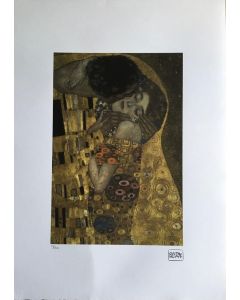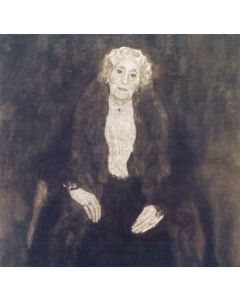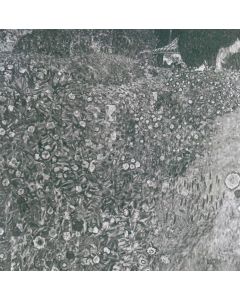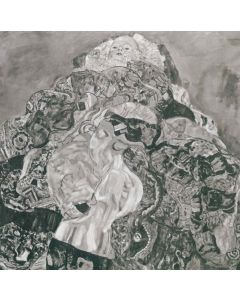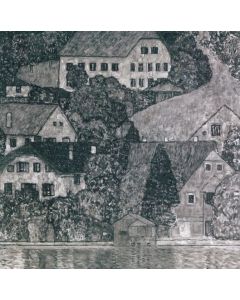Gustav Klimt
Gustav Klimt was born in Baumgarten, a Vienna suburb, in 1862. He is one of the most Art Nouveau (Jugendstil) representative. He is a founder and the fist presidenr of the Wiener Secession (1897).
His style is influenced by the European Simbolism, it's a metaphor of the Austrian Empire decadence. He describes the aristocracy magnificence on decline, collapsing into the First World War.
The artist expresses universal themes (life, death, women, the unconscious) using a decorative style: stylized, floreal, graceful, sensual shapes typical of Art Nouveau style complete with gold-foil.
He reaches a great success and he receives many private and public European commissions. The most famous Klimt's masterpieces are Beethoven Frieze, realized in 1902 at the Secession Palace, "The Delay" and "The Embrance" (1905-1909) in Stoclet Palace dining room. Between 19th and 20th Century he approaches the Expressionism, he gives up the gold-foil and Art Nouveau little shapes, to focus on the landscape (thick twines) and on the femenine portrait (women characterized by a sensual and melancholy looks which represent the end of the Austrian Empire golden age).
Gustav Klimt dies in 1918, the same year during which his loved country falls down under the First World War.
-
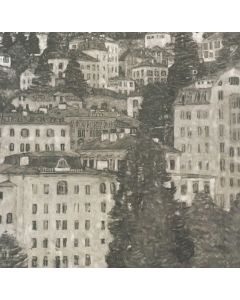 Gustav Klimt, Gastein, collotype on paper, 30x32 cm, 1931, based on book "Gustav Klimt. An Aftermath" by G.Klimt and M. EislerSpecial Price £1,261.20 Regular Price £2,102.00
Gustav Klimt, Gastein, collotype on paper, 30x32 cm, 1931, based on book "Gustav Klimt. An Aftermath" by G.Klimt and M. EislerSpecial Price £1,261.20 Regular Price £2,102.00

